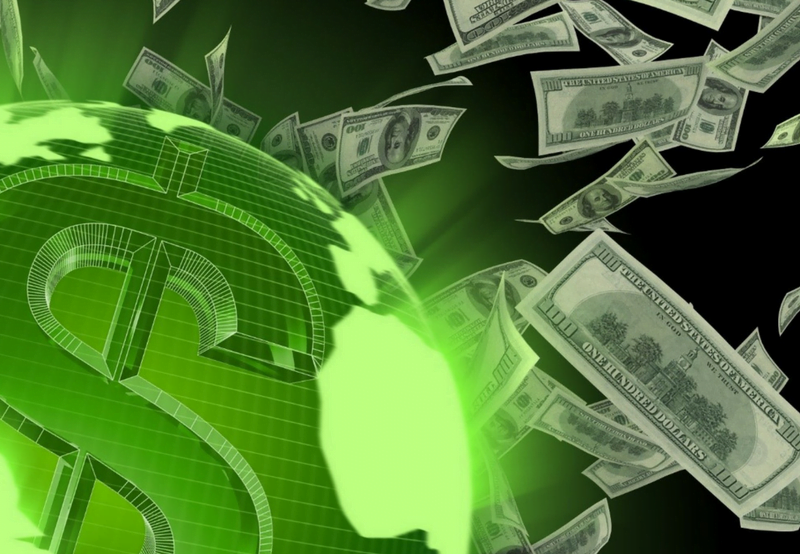(CNN) — Amy Seder is not used to having the door slammed in her face. Her artfully posed Instagram posts of a glamorous life led in glamorous destinations have received her a military of online admirers that the journey enterprise is usually keen to embrace. But when she later contacted one lodge in Italy hoping for a free stay in change for social media exposure, she becomes bluntly rejected. “Blogger infestation. Not fascinated,” came the curt response.
So-known as travel influencers, including Seder, make a dwelling by sharing their globetrotting experiences on social media and private blogs. They get freebies, discounts, or payments for selling locations, merchandise, and reviews via their money owed.
The beyond few years have seen a relative explosion inside the number of people reputedly carving careers thru this direction. The many travelers who now plan their holidays based on what they’ve visible on social media make it a possible proposition. But it’s a trend that, as Seder observed, may additionally now have reached a saturation point with some lodges and different journey enterprise agencies growing weary of the demands located on them with the aid of influencers and becoming an increasing number of dubious of the industrial blessings.

Inspirational or loathsome?
Partly to blame for the disillusionment are a slew of new headlines approximately entitled and beside the point behavior, which has uncovered the first-class line between inspiring the net network and incurring its unbridled wrath. Gianluca Casaccia, a seashore club owner within the Philippines, took to Facebook in April to rip into “freeloaders” he said plagued his status quo with requests for gratis meals, beverages, and lodging. In any other case, a Czech couple traveling in Bali drew ire after seemingly splashing themselves with holy water at a temple and posting photos of it to an Instagram account with tens of hundreds of followers.
While unrepresentative of the various influencers who steer clear of controversy, these incidents have helped shine a spotlight on a facet of the tour industry of which many people had been perhaps having been unaware, highlighting some of the hard-nosed reality beneath the floor of the tender-focused dreamscapes on Instagram. They also raise questions on the sustainability of the agreements among influencers and the tour enterprise and the lifestyles they support in a swiftly changing industry environment. While tour running a blog is a fairly younger phenomenon, it has already advanced right into a mature and complicated commercial enterprise version, with contributors on each aspect working hard to protect and seal their manufacturers.
A working dating
Those on the enterprise side say there is a tangible industrial advantage; supplied influencers are carefully vetted. “If people are actively liking and commenting on influencers’ posts, it indicates they’re getting inspired by the vacation spot,” Keiko Mastura, PR specialist on the Japan National Tourism Organization, tells CNN Travel. “We screen comments and notice while customers tag other money owed or remark approximately the vacation spot, suggesting they’re adding it to their virtual tour bucket lists. Someone is influential if they have above a 3.5% engagement charge.”
For a few tourism stores, bloggers provide a way to promote products that are probably neglected using extra conventional channels. Even those with just forty 000 followers could make a difference. Kimron Corion, communications manager of Grenada’s Tourism Authority, says his business enterprise has “had a variety of fulfillment attractive with micro-influencers who uncovered some of our more area of interest offerings successfully.”



























